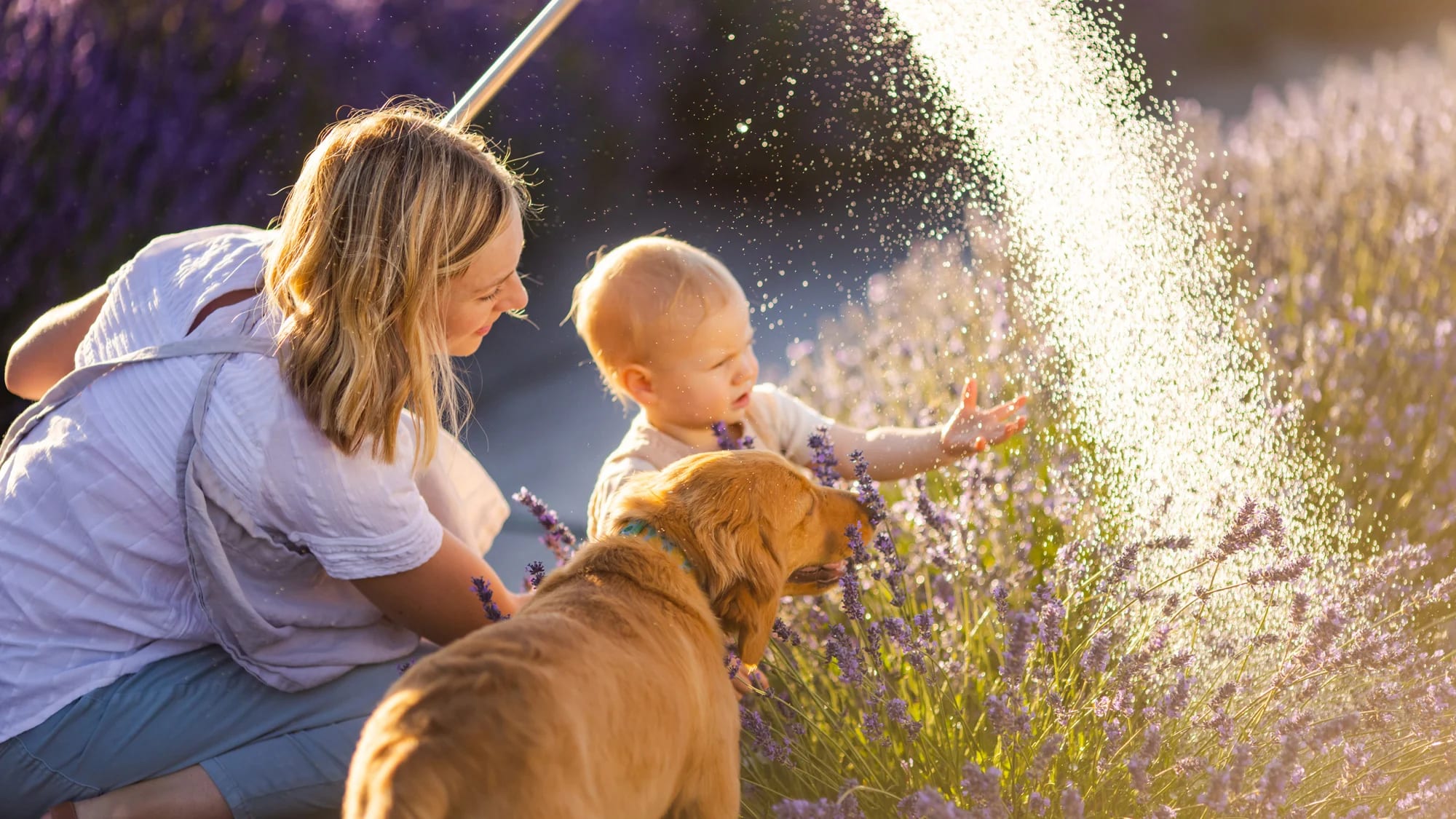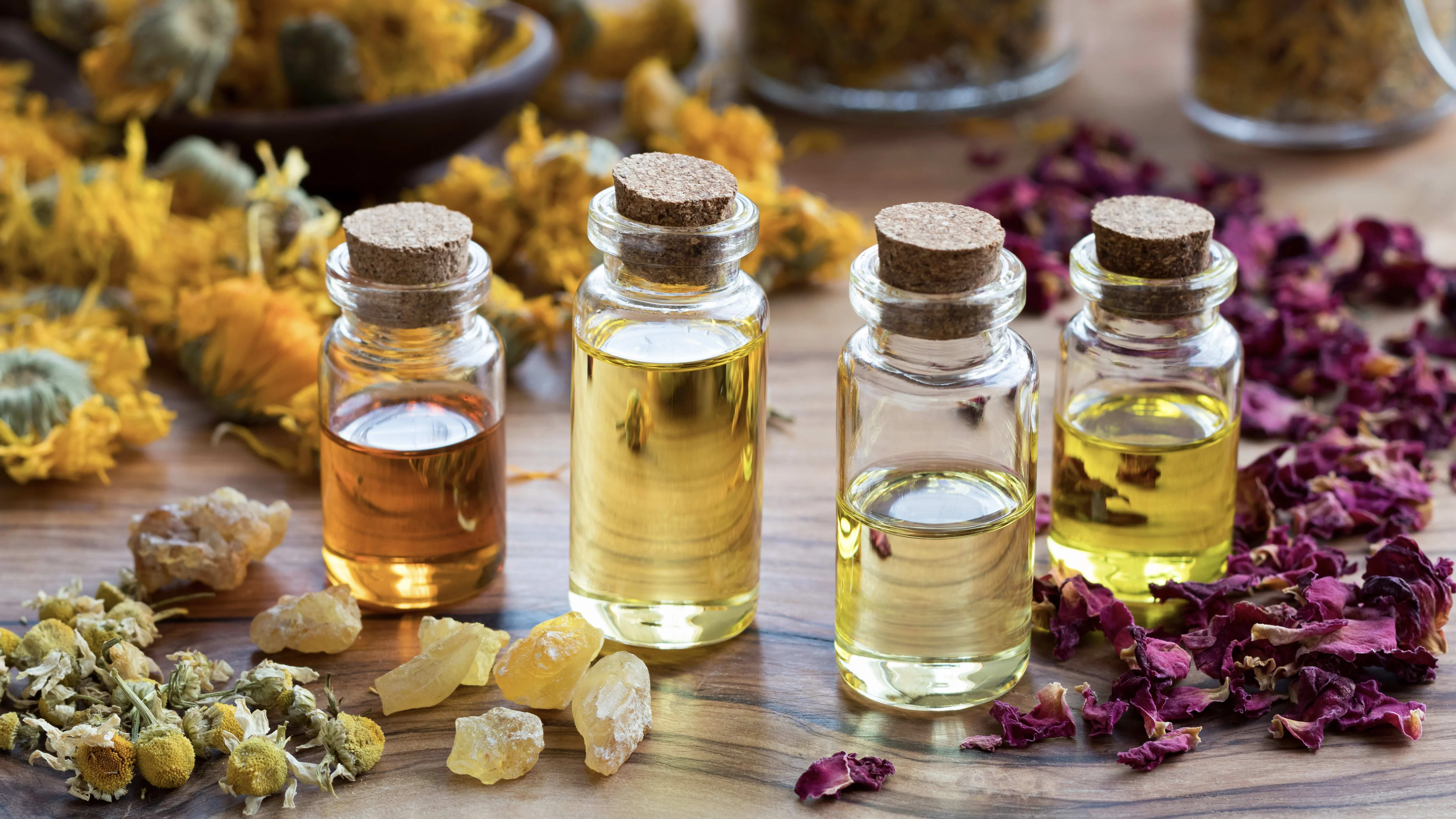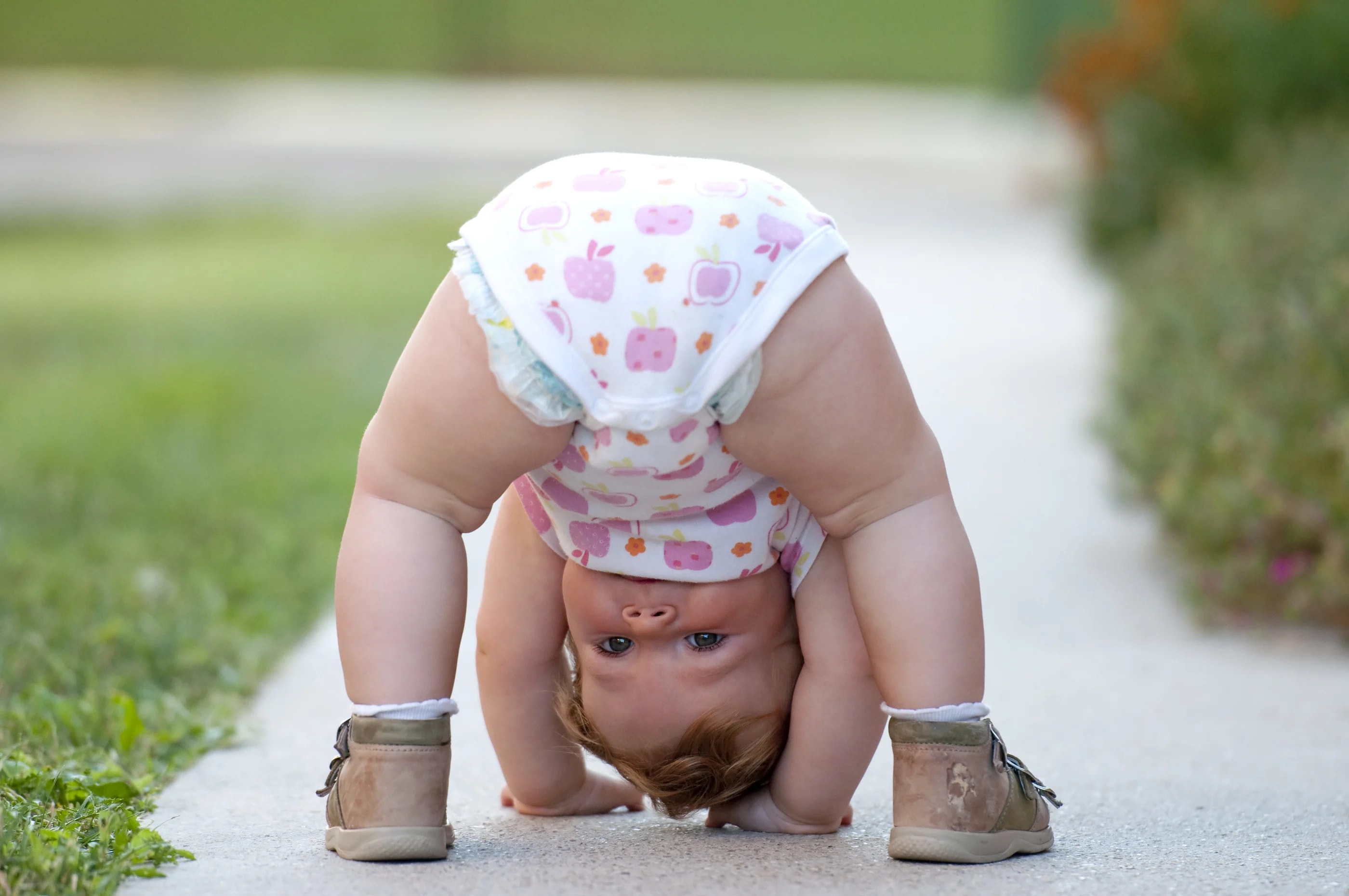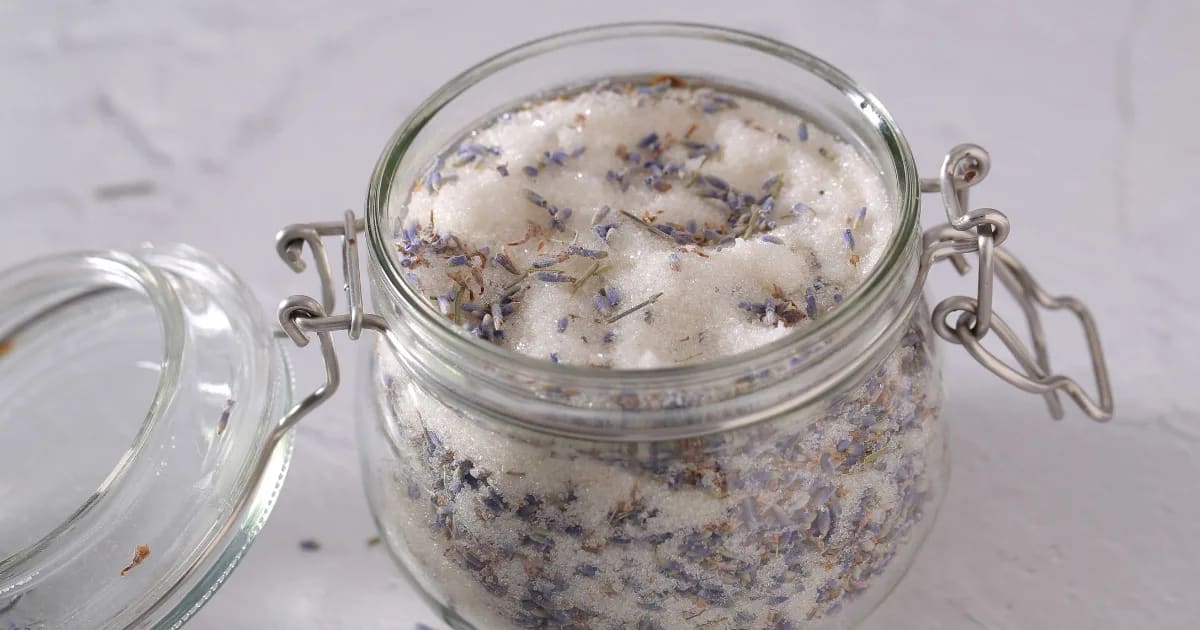Should You Blend Essential Oils by Drop Count or Weight?
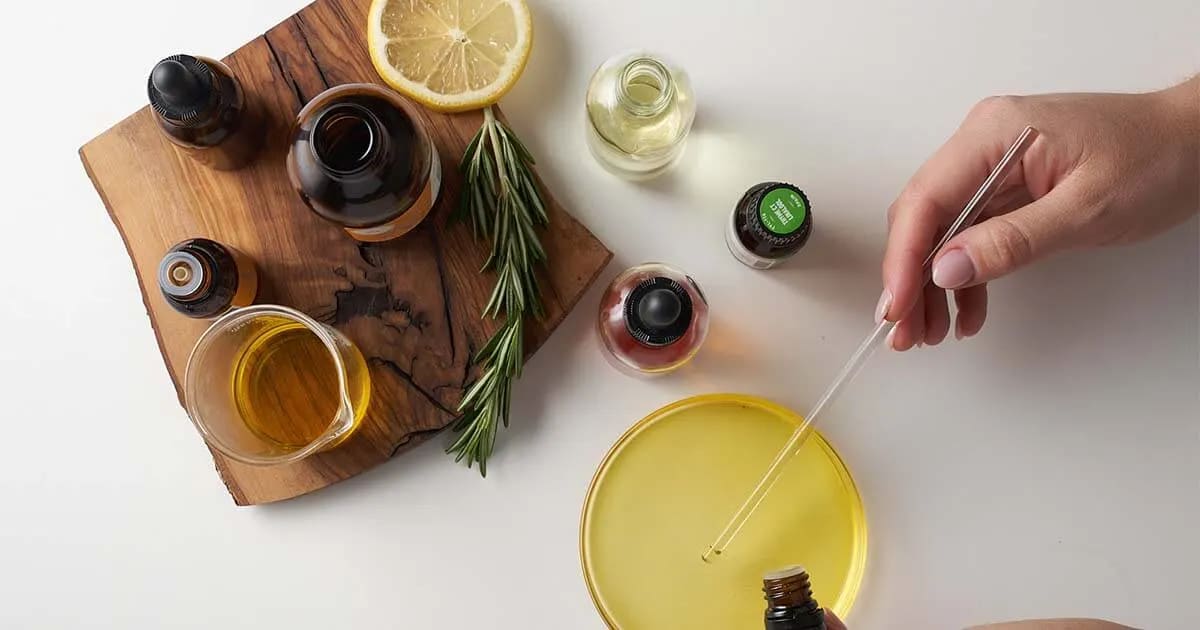
If you follow aromatherapy blogs, you’ve probably noticed a variety of DIY recipes floating around, including some that call for drops while others call for measurement by weight.
If this has you scratching your head and wondering which way works best, you’re not alone! Lately, we’ve noticed a growing debate around the best way to measure essential oils when creating blends, so we want to help clear the air.
In this case, both approaches have their place, depending on your intention.
The key takeaway:
It all comes down to scale. If you’re creating small-quantity blends for yourself or others, you’ll likely find blending by drop count more flexible and convenient. If you’re a product developer creating blends in large quantities, measuring by weight will yield the most consistent and effective results.
Use drop count when blending in small quantities
The drop count or drop-by-drop method works well when you’re creating individual blends in small amounts.
It’s fast, simple, and doesn’t require expensive, specialized equipment. Working drop by drop also allows space for flexibility and intuition. Intuition is the artful side of aromatherapy that nourishes your clients’ unique energetic and emotional needs. Whether you’re adjusting an aroma to meet a client’s preference or tweaking a blend based on your knowledge of what your client is going through, the ability to add or change a product on a drop-by-drop basis can really come in handy.
Even if you sell your aromatherapy products in a store, blending drop by drop can work well, so long as your products are made individually.
Here’s why:
Due to the small quantities of product used, it can be difficult to make individual blends based on weight. Most scales aren’t sensitive enough to pick up inconsistencies between drops of essential oil (unless you’re using an incredibly precise tool like a jeweler’s scale).
Let’s say you tare your kitchen scale to account for your container weights, then fill two bottles with 1 oz (30 ml) of jojoba oil, and finish your blend by adding 12 drops of sweet orange essential oil to each bottle. You will end up with two bottles that are very close in their total weight—so close that a kitchen scale likely won’t even register the difference.
However, the weights are unlikely to be perfectly identical due to the inconsistency between drop sizes. Drop sizes can vary—even if they’re from the same bottle of oil.
A bottle’s orifice reducer isn’t a precise tool that delivers an exact measurement of oil each time. It’s just meant to make it easy to get small amounts of oil out of the bottle.
To illustrate this point with a hypothetical example, let’s say there’s a 5% margin of error in drop size. What is 5% of the 12 drops of sweet orange oil you added? It comes to 0.6 drops.
That could mean that your first bottle ends up with 12.6 drops of essential oil while the second has 11.4 drops. That variance is not likely to have a significant impact on the safety or effectiveness of your two individually made blends.
Use weight when creating blends in large batches
When larger batches of product come into play, measuring by weight becomes much easier and far more critical.
Let’s say that instead of a single 1 oz (30 ml) bottle, you now need to make enough of your blend to fill 100 bottles.
You could try multiplying the 12 drops of essential oil by 100, which would be 1,200 drops of essential oil. But over the course of this much larger drop count, inconsistencies between drop sizes, temperature, and other factors can start to really add up.
Going back to our hypothetical example, a 5% margin of error over 1,200 drops now means the first batch of product could contain 1,260 drops of oil, while the second would only contain 1,140 drops.
This is a much bigger variance, which can cause issues like:
Inconsistency. It’s very difficult to create the exact same product twice.
Consumer safety issues. Some batches may end up with too much of an oil that can irritate skin or cause other safety concerns.
Ineffective products. Some batches may not include enough essential oil to be effective.
Using the wrong amount of preservative. You might add too much or not enough.
In addition, if you are formulating a product line at scale, it’s far easier to calculate material costs, product pricing, and profit margins if you stick to measuring by weight. That’s because most vendors sell materials in ounces rather than by drop count.
The bottom line
Your approach to measurement should align with your intended outcome.
If you’re making a product in large quantities, blend by weight. It’s the best way to make precise, consistent products that your customers will come to recognize, and it helps keep them safe in the process. It’s also a lot more convenient than making thousands of individual products by hand!
If you’re blending for individual clients, friends, and family — or if you make each bottle you sell individually — you can blend by drop count. This allows you to be flexible and creative, adjusting your blends for each client’s needs and preferences. This benefit is lost when products are made at scale in big batches.
For example, a large-scale product line might offer a blend to support sleep, but it won’t be tailored to address the root causes of a specific individual’s sleep issues.
One client may be struggling to sleep due to grief, in which case adding a drop of Neroli can help. Another may be experiencing stress at work, in which case Sweet Basil would be a good addition.
As you can see, both methods of blending have their benefits and limitations. Just consider your intention, and you’ll know what to do!
Special thanks to our amazing instructors Marissa and Shelia for their input in this post!


